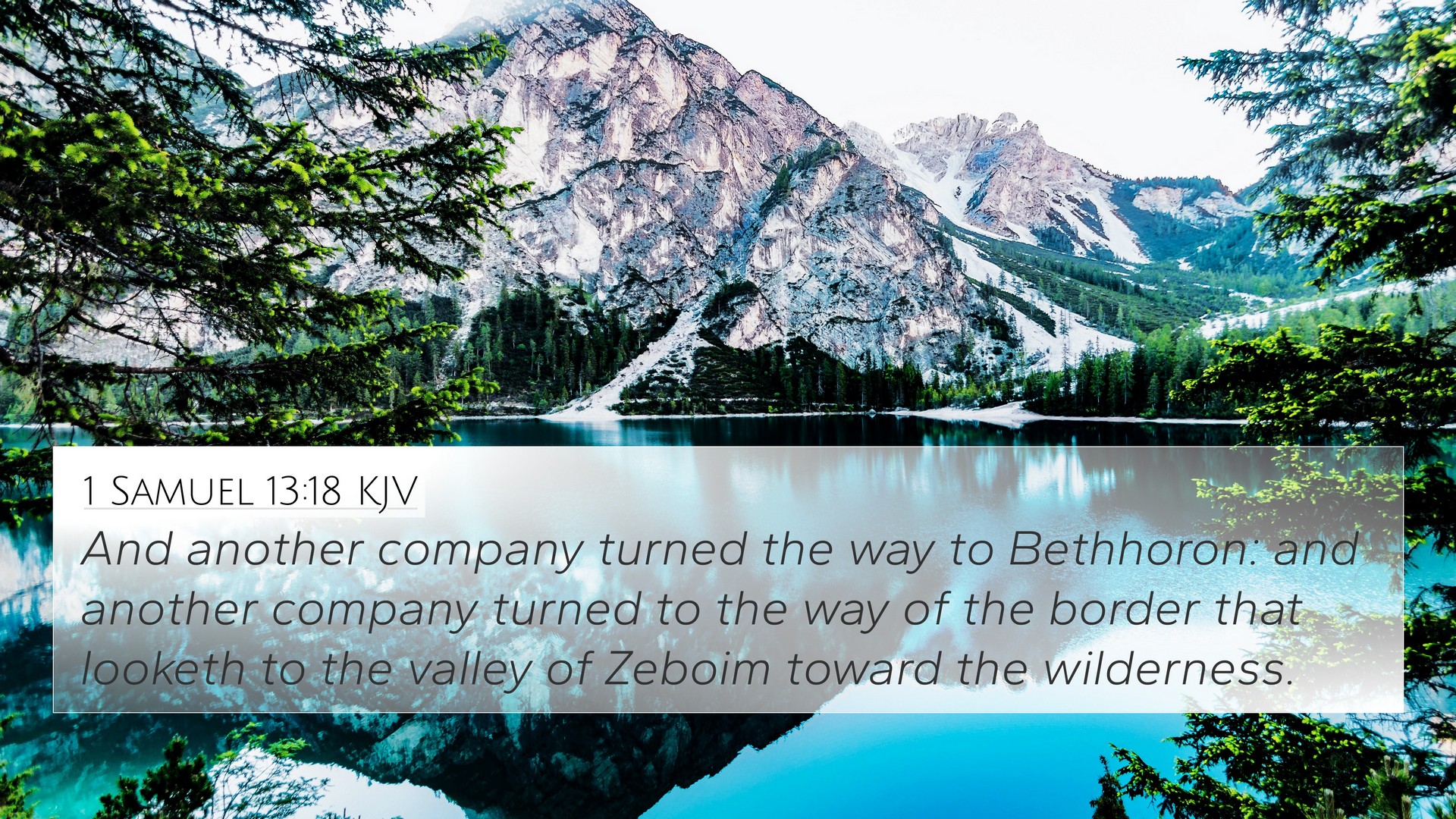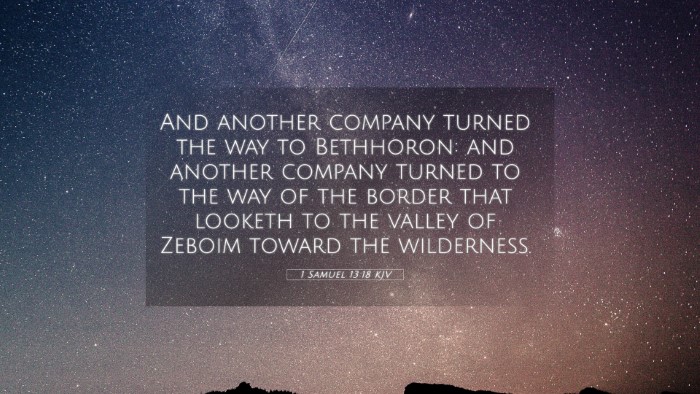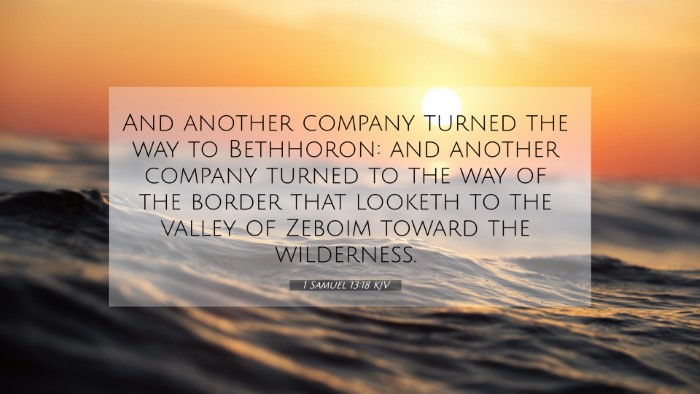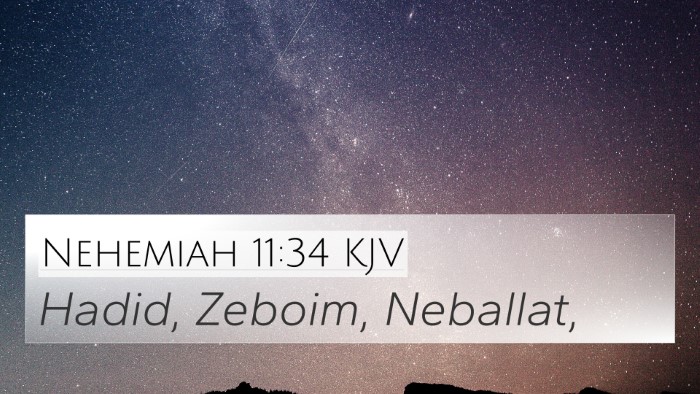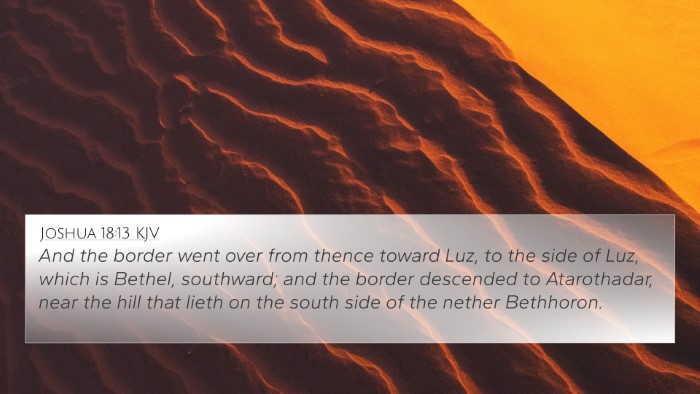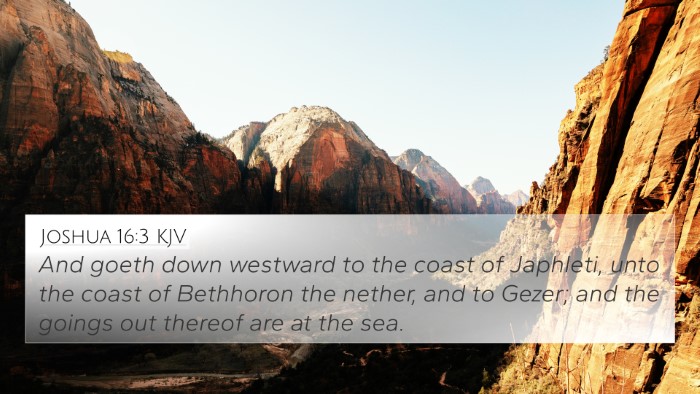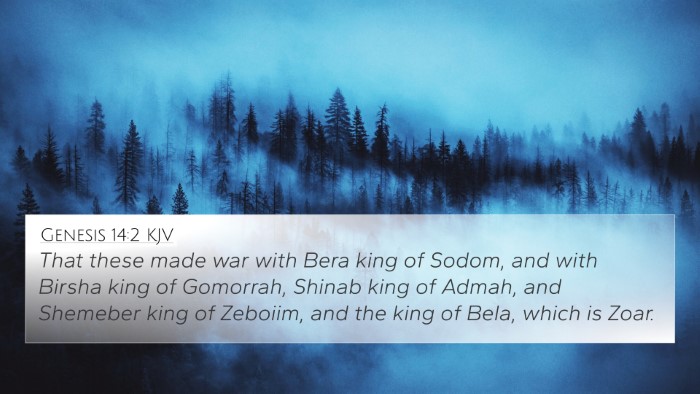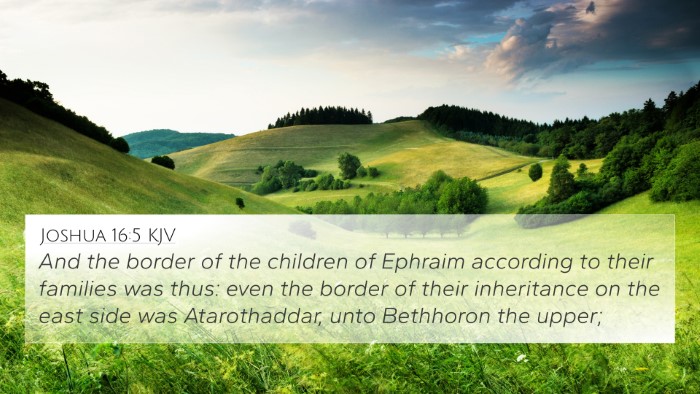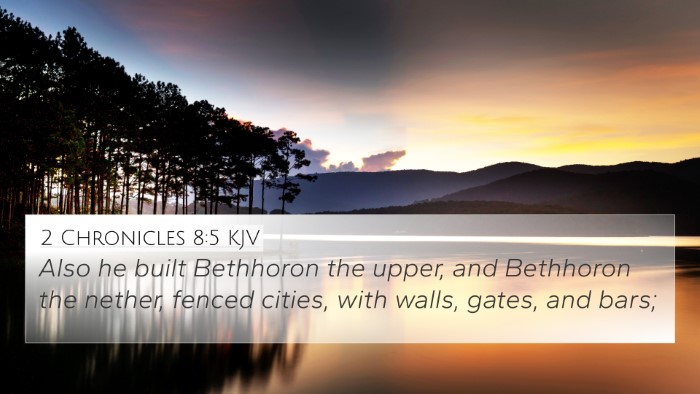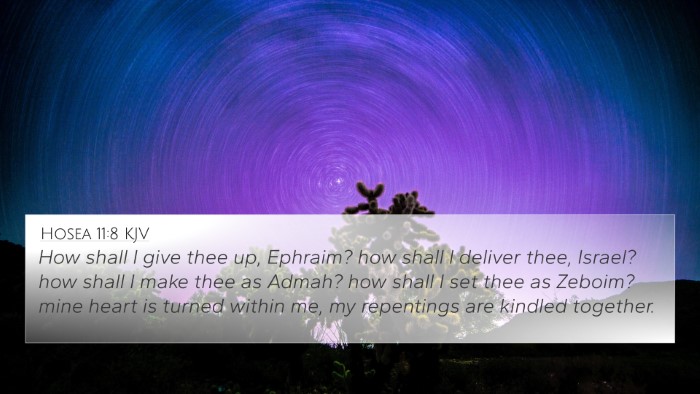Understanding 1 Samuel 13:18
1 Samuel 13:18 states, "And another company turned the way to Beth-horon; and another company turned to the way of the border that looketh to the valley of Zebulun unto the wilderness." This verse provides important context in the unfolding narrative of Israel's history, particularly reflecting on the moments of crisis and division faced by the Israelites.
Summary of the Verse
This verse describes the strategic movements of the Israelite troops as they navigate the battlefield. The reference to different companies turning in various directions indicates the complexity and rapid shifts during warfare, and serves as a metaphor for decision-making and leadership under pressure.
Interpretation from Commentaries
-
Matthew Henry:
Henry notes that the movements of the companies reflect the disorganization that can occur in times of distress. The division of troops illustrates the challenges of leadership, particularly in tumultuous situations. It underscores the importance of unity and clarity, especially when facing opposition.
-
Albert Barnes:
Barnes emphasizes the strategic implications of the movements noted in this verse. He points out that the divisions among the armies can symbolize the fragmentation of the Israelite forces, suggesting that such disunity could lead to vulnerability against their enemies. He parallels this with the need for cohesiveness in spiritual battles as well.
-
Adam Clarke:
Clarke expands on the geographic significance of the movements, indicating that the locations mentioned are pivotal for the eventual outcomes of the battles. He reflects on how God uses even our missteps and divisions for His purpose, and views these movements as part of God's divine plan in Israel's history.
Cross-References for 1 Samuel 13:18
This verse connects with several other passages in the Bible that provide deeper insights into its meaning and context. These include:
- 1 Samuel 10:26 - Relates to the establishment of Saul as king.
- 1 Samuel 14:16 - Discusses the impact of leadership decisions during warfare.
- 2 Samuel 5:6-7 - Offers insight into David's military strategies and territorial conquests.
- Joshua 12:7-24 - Provides historical context on Israel’s battles and victories in the Promised Land.
- Judges 7:24 - Illustrates the role of strategic movements in victory over enemies.
- Psalm 33:16-17 - Discusses the limitations of human strength in facing adversaries.
- Proverbs 21:31 - Encourages preparation and reliance on God for victory.
Thematic Connections
This verse establishes several themes that run through the Bible:
- Leadership During Crisis: The need for clear direction and unity in times of trouble.
- Divine Sovereignty: God’s control over battles and the paths chosen by His people.
- Unity and Division: The consequences of disunity among God’s people, both in physical and spiritual battles.
Cross-Referencing Related Scriptures
1 Samuel 13:18 not only has historical implications but also resonates with various teachings and stories throughout Scripture. Understanding these connections is vital:
- Linking Bible scriptures: 1 Samuel's narrative parallels with other historical books such as Judges and 2 Samuel, enriching our understanding of God’s work in Israel.
- Comparative Bible verse analysis: Analyzing how New Testament writers refer to Israel's history gives depth to our understanding of the Old Testament events.
- Inter-Biblical dialogue: This verse is part of a larger dialogue within Scripture about where God's people are directed and how His providence guides them.
Conclusion
In summary, 1 Samuel 13:18 provides rich insight into the nature of leadership, the dynamics of battle, and the overarching themes of unity, direction, and divine sovereignty that thread through both the Old and New Testaments. By exploring cross-references and engaging with commentaries, one can gain a fuller understanding of this significant biblical moment.
Tools for Further Study
For those interested in exploring Bible verses and their connections further, consider utilizing:
- Bible concordance for searching themes and keywords.
- Bible cross-reference guide to track similar verses.
- Comprehensive Bible cross-reference materials for in-depth studies.
- Online resources and tools tailored for Bible cross-referencing.
